hamza41
Civil/Environmental
- Jul 7, 2015
- 58
Hello,
The structure is a space frame supported on 15 RC columns (3x5). Columns height is about 12 m, their diameter is 60 cm. 5 columns, on the same axis, present vertical cracks in their mid-height in addition of a visible deflection.
A site visit will be arranged in the comming days and rebound hammer and cover meter tests will be performed. We suspect a lack of concrete resistance or cover.
Your opinions and suggestions are welcome.
Regards.


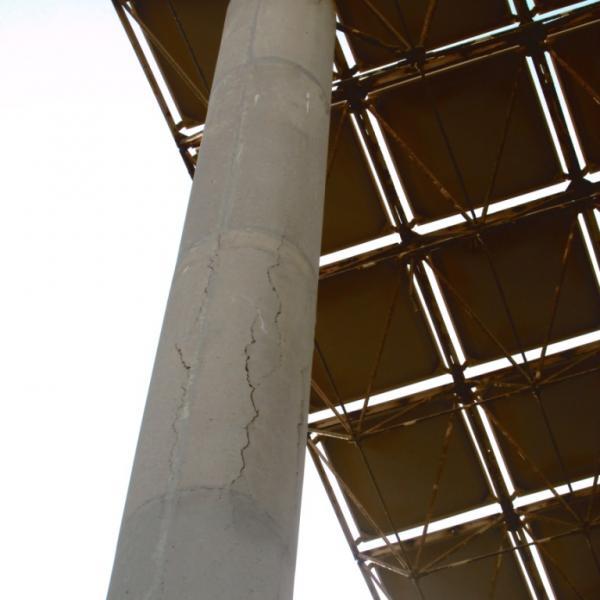
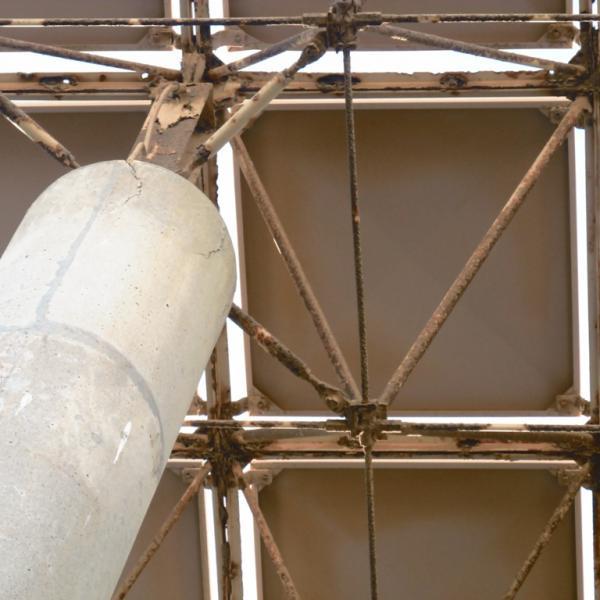

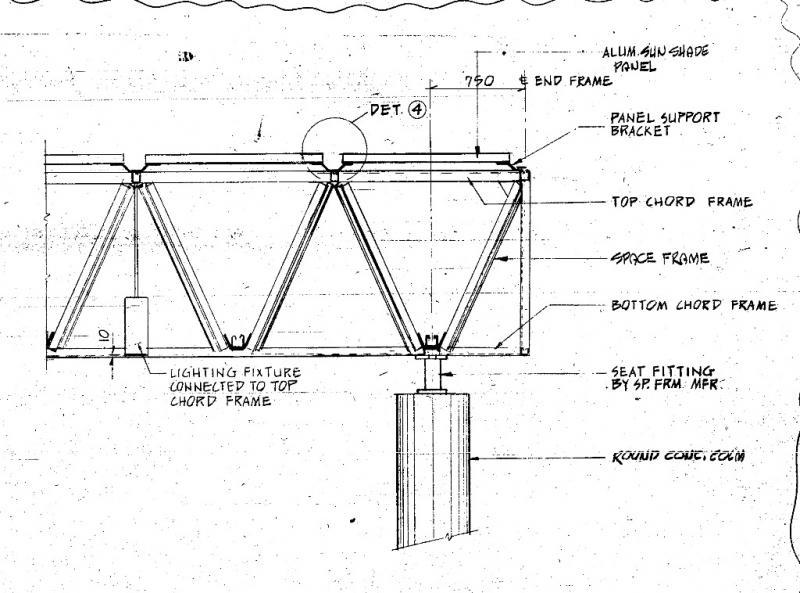

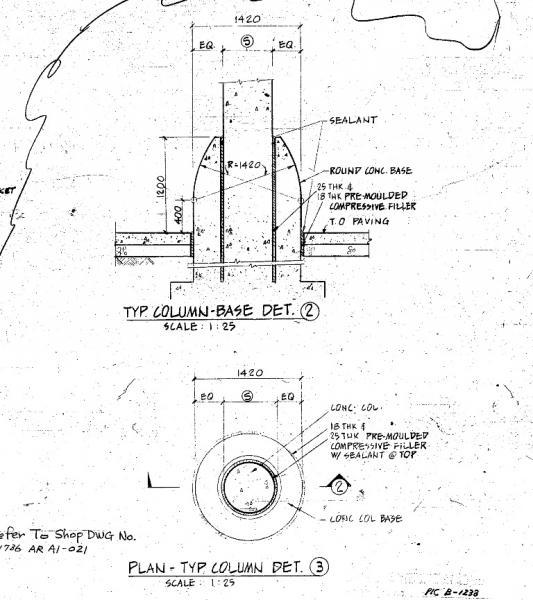
The structure is a space frame supported on 15 RC columns (3x5). Columns height is about 12 m, their diameter is 60 cm. 5 columns, on the same axis, present vertical cracks in their mid-height in addition of a visible deflection.
A site visit will be arranged in the comming days and rebound hammer and cover meter tests will be performed. We suspect a lack of concrete resistance or cover.
Your opinions and suggestions are welcome.
Regards.







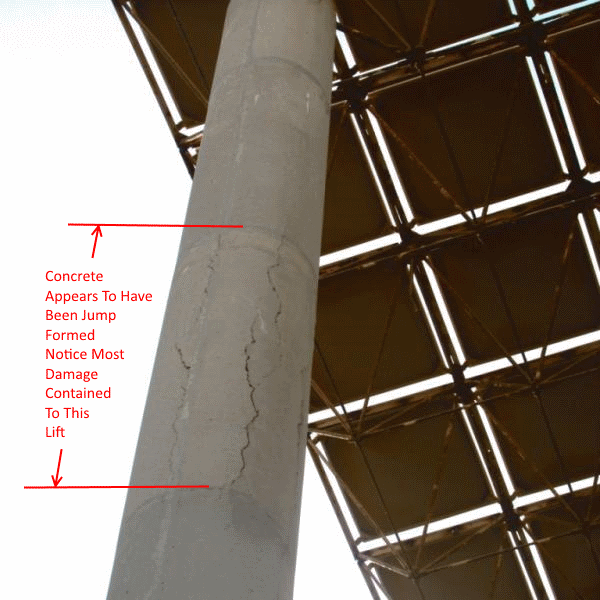
![[idea] [idea] [idea]](/data/assets/smilies/idea.gif)
![[r2d2] [r2d2] [r2d2]](/data/assets/smilies/r2d2.gif)